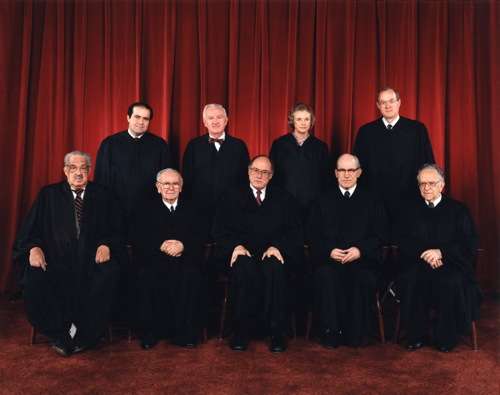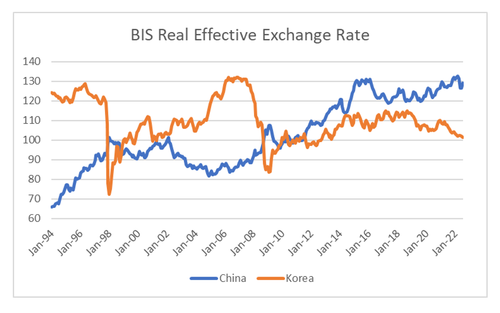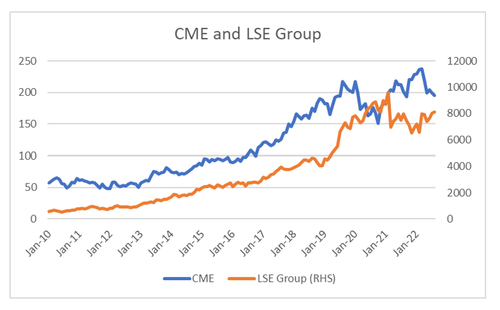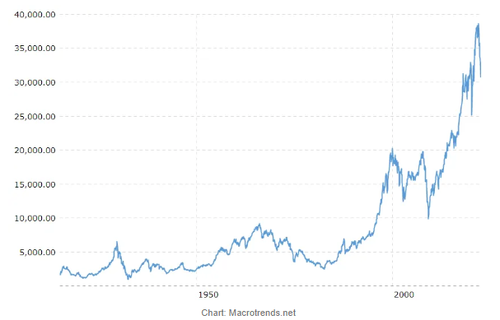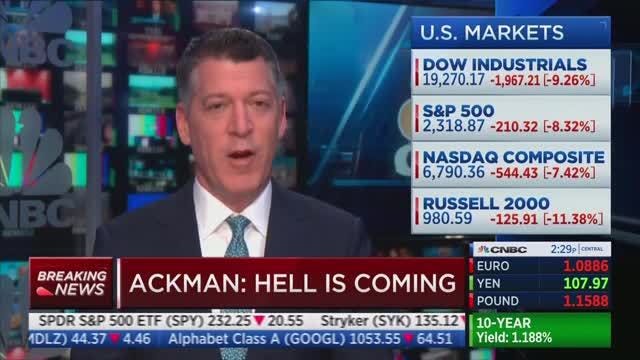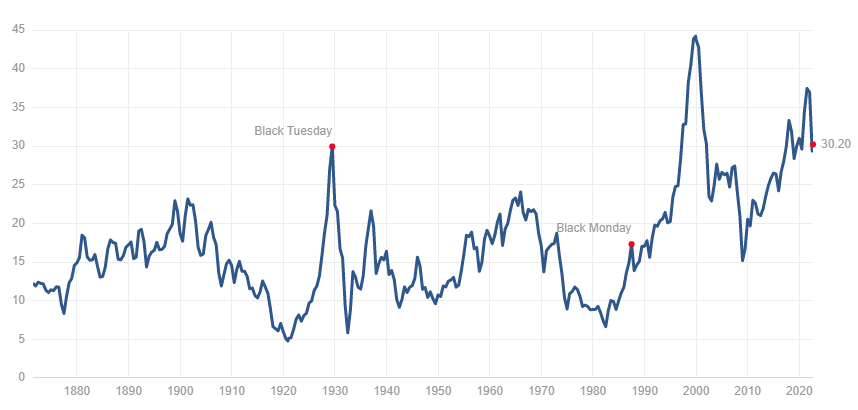Eugene has graciously invited me to write a few posts about my new article, Traditionalism Rising, (forthcoming in the Journal of Contemporary Legal Studies and part of a symposium this fall at the University of San Diego School of Law). The piece builds on and extends a larger project about constitutional traditionalism developed in earlier papers (here and here), as well as in a broader research program, The Tradition Project, that my colleague (and Volokh co-conspirator) Mark Movsesian and I have pursued over several years at our Center for Law and Religion. I’ve been a dedicated reader of the Volokh Conspiracy since I was a law prof pup, so it is a pleasure for me to contribute something.
My posts will: (1) define traditionalism and locate it in the Supreme Court’s work this past term; (2) compare traditionalism and originalism, particularly what the paper calls “liquidated originalism”; (3) address traditionalism’s “level of generality” problem, the problem how to select the operative tradition; (4) offer several justifications for traditionalism; (5) consider the problem of traditionalism’s politics. Most of the material is excerpted or summarized from the article, but I invite readers to look at the piece for the full-dress argument. I welcome reactions to the paper, which is still a draft.
What is traditionalism? When people hear the word tradition connected to law, they sometimes think of judicial restraint, or deference, or minimalism (or “Burkeanism”), or some vaguer injunction to “go slow” or respect stare decisis and the interests served by it. Or they may think of approaches to particular clauses or parts of the Constitution—to the Due Process Clause, for example, or to Justice Frankfurter’s “tradition” approach to inherent executive power.
Traditionalism is different from all of these. Traditionalism is a unified approach to determining constitutional meaning and constitutional law with two central elements: concrete practices, rather than principles, ideas, judicial precedents, legal rules, and so on, as the determinants of constitutional meaning and law; and (2) the endurance of those practices as a composite of their age, longevity, and density, evidence for which includes the practice’s use before, during, and after enactment of a constitutional provision.
Practices: Traditionalism takes two types of concrete practices as determinative of meaning and law: the practices of the political organs of government, including state and local governments; and the practices of individual citizens or groups of citizens. Traditionalism therefore rejects abstract principles or values as the primary determinants of meaning. But it also does not depend chiefly upon constitutional caselaw, judicial outputs, legal rules, stare decisis, reasoned judicial elaboration, and so on. One of its foci is “popular practices” (of governments or citizens), giving weight to the concurrence of practices across space that are not limited to the nerve centers of legal and political power. This emphasis on concrete, often (but not only) decentralized, political and cultural practices differentiates traditionalism from methods like Burkean minimalism and common-law constitutionalism, which prize judicial (especially Supreme Court) outputs, as well as approaches of “gloss” that focus exclusively on the branches of the national government and sideline other actors.
Endurance: Endurance is the other key feature, a composite of age (the antiquity of a practice); longevity (the timespan and continuity of the practice across time); and density (the extent to which the practice was used or adopted across space). Think of a ski slope: it can be long and smooth with good snow for skiing from beginning to the end; or short and sparse, with interspersed snowy and snow-less sections. Sections of the slope that are smooth may be densely packed with snow or coated only with a thin, icy layer. The longer (age), the more seamlessly smooth (longevity), and the more snow-packed (density) the slope, the better for skiing. Just so for practices, whose legal authority grows in proportion to the presence of each of these elements of endurance.
Enduring practices, I argue, are presumptively determinative of constitutional meaning and constitutional law. Sometimes, for reasons of bad faith, mistake, or powerful and widely embraced moral reasons running against a practice, the presumption is overcome. But in the ordinary course, text and practice tend to line up. Ordinarily, we do what we mean, and we mean what we do.
Traditionalism in the 2021 term: I’ve detailed the extensive use of this method across the domains of constitutional law in previous work, but in this article one of my objects was to locate it in the Supreme Court’s most recent term. From due process to the right to keep and bear arms, religious liberty, free speech, and more, the Court applied a method that very much resembles traditionalism, and it did so self-consciously.
I cannot canvas all of these areas here (see the piece if you are interested), so let me give one example in the right to keep and bear arms, an example I’ll stick with in subsequent posts. It’s well known that in Bruen v. New York State Rifle and Pistol Association, the Court held that New York’s “proper cause” regulation of the right to carry a weapon for self-defense outside the home, requiring the applicant to show a “special need for self-protection distinguishable from that of the general community,” violated the Second Amendment. The Court observed that only those regulations “consistent with this Nation’s historical tradition of firearms regulation” will be constitutional—a “historical tradition that delimits the outer bounds of the right to keep and bear arms.”
The endurance of the practice of regulation was emphasized by the Court, which examined “‘historical precedent’ from before, during, and even after the founding,” concluding that “we find no such tradition in the historical materials.” It created a typology of age, endurance’s first feature, categorizing the evidentiary historical periods to be investigated as “(1) medieval to early modern England; (2) the American Colonies and the early Republic; (3) antebellum America (4) Reconstruction; and (5) the late-19th and early 20th centuries.” It discussed the element of continuity, endurance’s second feature, in explaining that a “long, unbroken line” “stretching from Bracton to Blackstone is much more likely to be part of our law than a short-lived, 14th century English practice.” And it discussed density, endurance’s third feature, especially post-ratification, where evidence of a single state’s or a territory’s regulation (“a few late-19th century outlier jurisdictions”) could not overcome the broader local and state tradition of non-regulation. Though pre- and post-ratification practice was potentially less probative of meaning than practices at ratification, the Court considered practices of all historical periods as relevant to its interpretation provided they were not “inconsistent with the original meaning of the constitutional text.”
The Court distinguished different types of local regulatory practices—those that prohibited only concealed carry of “unusual” weapons, “pocket pistols,” and the absence of historical continuity of those regulations; those that prohibited the carrying of weapons only to the extent that the bearer was “causing fear or affray”; those that prohibited only concealed carry but permitted open carry; and others—from the broader practice of prohibiting all forms of public carry absent special justification at issue in Bruen.
Bruen is also important because the Court acknowledged, for the first time, traditionalism’s prevalence across constitutional law—in the First Amendment, the Sixth Amendment, and the Establishment Clause. And the Court was clear that when it speaks of consulting “history,” it means reliance on concrete practices that will assist it and other courts in drawing “analogies” or disanalogies from the conduct (government or private) under consideration, to determine the law of the Constitution at issue. In Bruen, then, as in many other cases this term, we see clear steps toward traditionalism, and a clear recognition of its growing importance.
The post Traditionalism Rising, Part I: Defining Traditionalism and Locating It in the Court's 2021 Term appeared first on Reason.com.
from Latest https://ift.tt/r5PdLCU
via IFTTT

